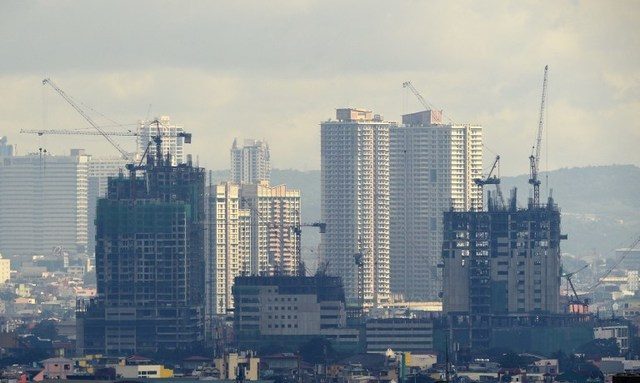SUMMARY
This is AI generated summarization, which may have errors. For context, always refer to the full article.

MANILA, Philippines – Foreign direct investments (FDI) in the Philippines declined by 3.2% in April 2018, the latest data from the Bangko Sentral ng Pilipinas (BSP) showed on Tuesday, July 10.
FDI in April 2018 hit $1.03 billion, slightly lower than the $1.06 billion recorded during the same month last year. However, this figure was much better than the $682 million recorded in March 2018.
Despite the year-on-year dip, the central bank remained optimistic due to “favorable investor sentiment on the back of the country’s solid macroeconomic fundamentals and growth prospects.”
An FDI is a type of investment where foreign companies or individuals establish business operations or acquire business assets in the Philippines.
This type of investment is the most coveted by the government, as it generates more jobs and stays longer in the economy than portfolio investments.
The bulk of the net inflows was from debt instruments, which amounted to $705 million.
Meanwhile, equity capital placements in April increased more than 3 times to $262 million from $84 million. These were mostly from Singapore, Hong Kong, the Netherlands, United States, and Japan.
Most were invested in manufacturing, the arts, real estate, financial and insurance, and wholesale and retail trade services.
Reinvestment of earnings by non-resident investors amounted to $75 million.
Total FDI for the first 4 months of the year stood at $3.4 billion, 24.3% higher compared to the same period last year.
Net equity capital investments stood at $1.1 billion from $199 million last year as gross placements of $1.3 billion more than offset the withdrawals of $124 million.
Meanwhile, equity capital placements were sourced largely from Singapore, Hong Kong, China, Japan, and the US. These were placed mostly into manufacturing, financial and insurance, arts, entertainment and recreation, real estate, electricity, gas, and air-conditioning activities.
“Debt instruments amounted to $1.8 billion, lower by 14.5% than $2.1 billion recorded in the comparable period last year. Meanwhile, reinvestment of earnings reached $268 million in the first 4 months of 2018,” the BSP said.
The BSP forecasts full-year FDI to reach $9.2 billion.
The economy grew by 6.8% in the first quarter, as reported by the Philippine Statistics Authority (PSA). This is still short of the government’s target of 7% to 8% for the whole year.
London-based consultancy firm Capital Economics recently warned that President Rodrigo Duterte’s “crass leadership” may be putting off investors.
Meanwhile, the Philippines suffered its worst decline in the 2018 World Competitiveness Yearbook, now at 50th out of 63 countries. – Rappler.com
Add a comment
How does this make you feel?
There are no comments yet. Add your comment to start the conversation.